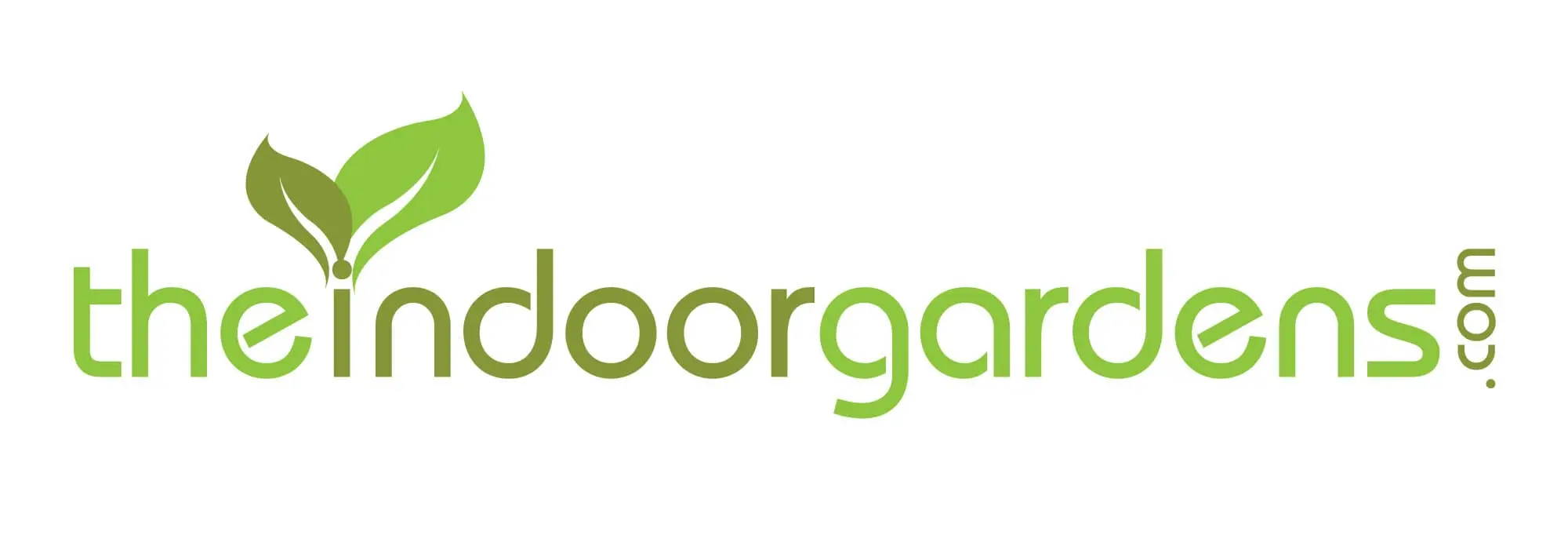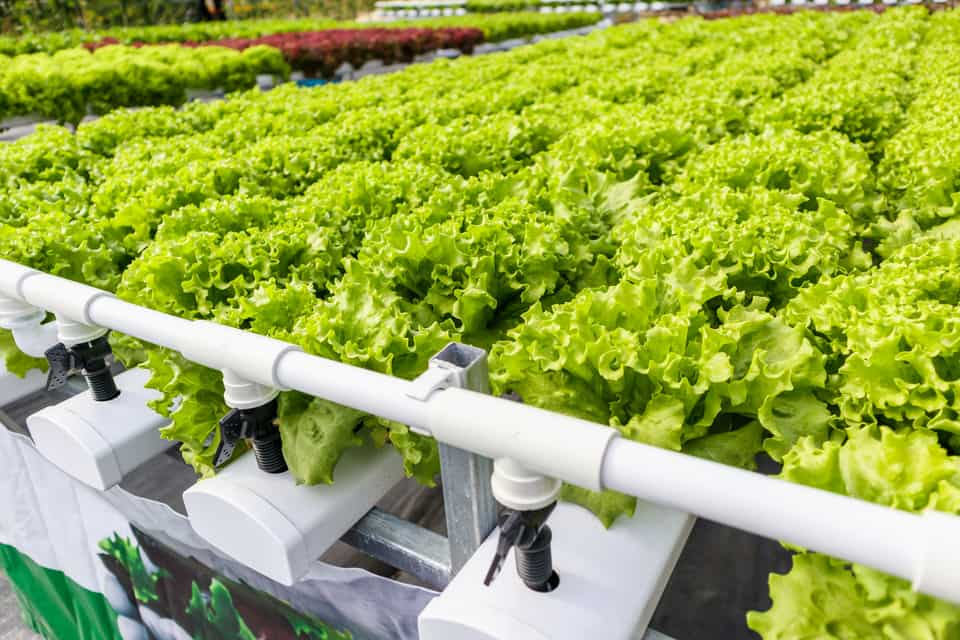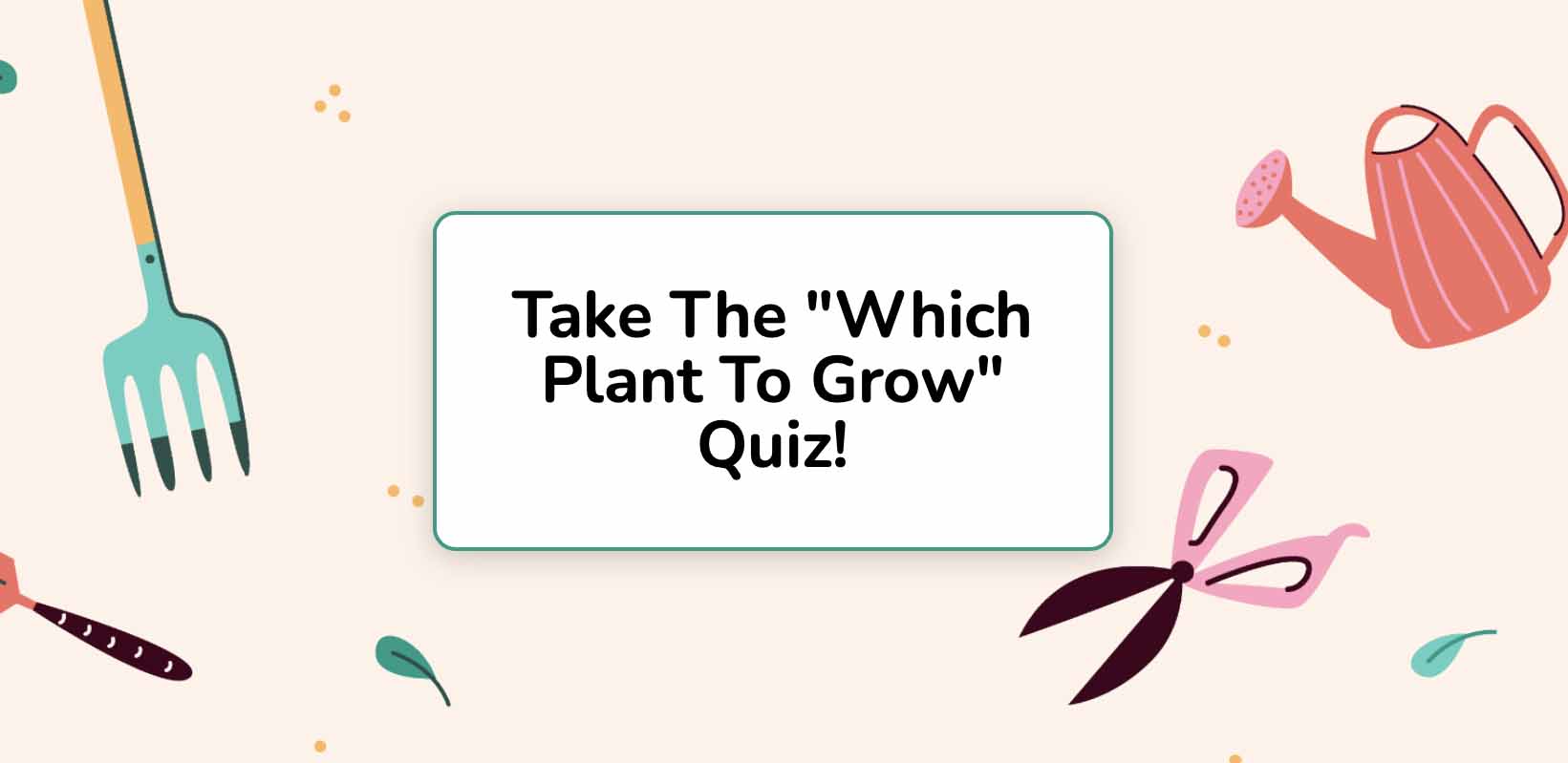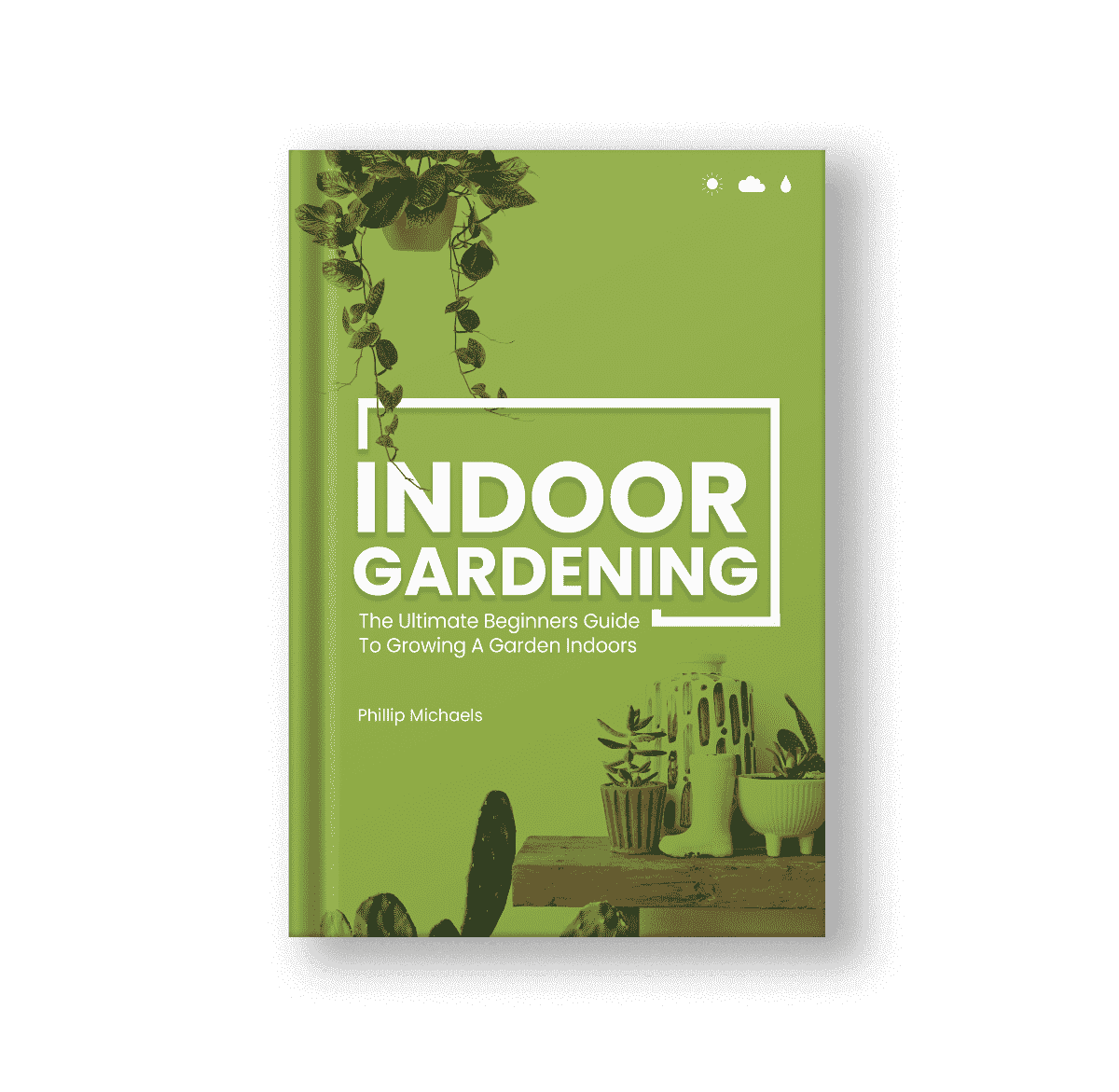For thousands of years, man has cultivated crops in order to provide food for himself and his family. Since then, there have been several innovations in Agricultural crop production. We have learned to use organic manure, produce commercial artificial manure, breed crops and animals for desired quality, maximize land for crop growth, and developed several techniques so that crops and animals have maximal yield with as few resources as possible. This article discusses aquaponics, another system that combines crop and animal cultivation using fewer resources.
In this article we’ll look at what exactly aquaponics is, why you might want to do it, and how you can get started.
What is Aquaponics?
Aquaponics is formed from two other words: Aquaculture, which is the rearing of fish and other aquatic animals in a controlled environment, and Hydroponics, which is the cultivation of crops in a soil-less environment.
Aquaponics is the rearing of fish, snails, or crayfish and cultivating crops in a closed aquatic system, recycling the ecosystem. The aquaculture water containing nutrient-rich fish waste nourishes the plant. In this bioprocess, the water in the system is also cleaned up, making it safe for the aquatic animals.
Aquaponics mimics the recycling characteristic of nature to produce crops and rear fishes. The fishes are fed, and their waste gets broken down by bacteria to provide food for the plants. The crops usually grown are vegetables, however, this is not to say that other crops cannot be grown. Some fruits and certain herbs can be grown as well. However, we’ll primarily focus on vegetables as they’re the most widely cultivated using the Aquaponics system.
Aquaponics is environmentally friendly and natural. This makes it a great way to cultivate your own food while also being conscious of waste and the chemicals you’re putting into your local ecosystem.
Why not just use soil?
Aquaponics is a more sustainable way of farming than using soil. The nutrients provided to the plants in an Aquaponics system are very concentrated. This makes them grow faster and healthier than plants grown on typical soil. Aquaponics also uses 90% less water than regular soil gardening because the water is recycled. Soil-grown crops, on the other hand, need constant watering. This means that an Aquaponics system can be constructed in any location regardless of soil quality or rainfall.
Plants grown this way do not need fertilizers as the fishes and other organisms in the aquatic ecosystem provide the required nutrients for the crops to grow. These nutrients are absorbed directly into the roots of the plants, and there is no need for chemicals. This means that aquaponics systems are often more environmentally friendly and easier to maintain once setup than traditional gardens.
Aquaponics vs. Hydroponics.
Aquaponics and Hydroponics are similar in that they involve growing plants in a soil-less environment. However, an Aquaponics system has several advantages over a Hydroponics system.
Hydroponics systems are prone to a disease called “Pythium,” otherwise known as Root rot. Aquaponics systems, though, are not affected by it; it is virtually non-existent in an Aquaponics system. Also, the water in a Hydroponics system needs to be replaced periodically as salts and other chemicals build up in the water. When this happens, it can become toxic to the plants.
On the other hand, an Aquaponics system doesn’t need its water changed periodically. It is very water conservative as the water is recycled, and there is no use of chemicals. The only way your water leaves is if there is a leak or if it evaporates, which happens only very slowly. This makes it way more efficient and less wasteful than a hydroponics system.
Also, in a Hydroponics system, the farmer may have to apply several expensive, commercially obtained fertilizers and pesticides. On the flip side, an Aquaponics gardener doesn’t need to bother with providing nutrients for the plants or introducing pesticides to the system. A gardener only needs to provide feed for the fish, and these feeds can be locally made and are thus very inexpensive and natural.
How exactly does Aquaponics work?
Aquaponics is fairly straightforward, and the key ideas are simple and relatively easy to understand. The plants are grown in a grow bed, and the fishes are produced in a fish tank. The fishes are fed, and their waste is absorbed into the water. Then the water containing the fish’s waste is provided to the grow bed.
At the grow bed, billions of naturally occurring bacteria break down the ammonia in the fishes’ waste into nitrates in a natural process known as NITRIFICATION.
These nitrates are then absorbed, along with other nutrients, into the roots of the plants to serve as a nutrient base for them. The water is absorbed into the roots of the plants, which filters and purifies the water. The clean, oxygenated water is sent back to the fish tank for use by the fish. This recycling process repeats itself.
The whole process is very efficient, and generally works without much input from the gardener. Once an aquaponics system is setup it largely runs on its own, meaning there is minimal work needed to keep everything in balance.
Pros and Cons of setting up an Aquaponics system.
Like everything in life, an Aquaponics system has its advantages and disadvantages. Some of the benefits include:
Low Water Usage:
This is one of the most significant benefits of an Aquaponics system. The amount of water needed is low compared to a Hydroponics system or a regular soil gardening system. The water is recycled, making it possible to be used repeatedly.
Faster Growth:
Plants in an Aquaponics system grow 25% faster than plants grown in a standard soil gardening system because they have constant and continuous access to nutrients and water.
Year-round cultivation:
In a typical soil gardening system, the crops are grown in seasons due to climate and weather conditions. In an Aquaponics system, however, that is not necessary. Crops can be grown all year round. You can even keep plants growing during times they’d otherwise be dormant.
Crops and Fish are Grown Together:
In an Aquaponics system, you can simultaneously grow crops and rear fish. This minimizes space needed, and can reduce the cost of both activities.
Minimal Weeding:
There is no soil in your garden which means fewer weeds to deal with. You can spend your time doing more actual gardening.
Perfect For Indoor Growing:
Aquaponics are perfect candidates for indoor gardening and allow you to grow in any location. You’re not bound by soil or climate, giving you a lot of freedom in how and when to start your garden. Healthier plants.
In an Aquaponics system, the crops are grown without fertilizers or chemicals. Pesticides are not used in fish farming, so they will not be introduced as chemicals into the crops. This means that the crops can be grown 100% organically. The fishes grown are also healthy and free from pollution.
Aquaponics Cons
Now that we have seen the advantages, what are the disadvantages of using an Aquaponics system?
The cost of setting up:
An Aquaponics system is quite capital intensive to set up. Setting up an Aquaponics farm is way more costly than establishing an ordinary soil farm. However, in the long run, the cost balances out.
High Electricity consumption:
The amount of power consumed by an Aquaponics system is a bit high. A stable and uninterrupted power supply is also essential to keeping your fish and plants alive. This makes it infeasible in places with low or unstable electricity, like developing or third world countries. This is generally less than the associated costs of running a soil garden though.
Limited crops:
The types of crops that can be planted in aquaponics systems are limited. Only crops heavy on water consumption can be planted. Thus, crops like yam, cassava, or others high in carbohydrates cannot be planted. The crops mainly grown are vegetables like lettuce, cucumber, tomato, carrots, etc.
Lots of Upfront Work:
The infrastructure required can be pretty heavy and requires a good deal of work to set up. From stocking units for fish and water purification to tanks and pumps for biofiltration, the infrastructure needed to set up a Hydroponics farm entirely may discourage some people intent on farming on a subsistence basis.
How To Setup an Aquaponics System
Now that you understand the theory behind it, let’s look at actually setting up an aquaponics system. There is no right or wrong way to do this, and you’ll find lots of different ideas and designs online. Here, we’ll look at the broad steps you’ll need to take to get yourself setup.
Start The Fish Tank
The first step is to set up your tank where your fish will live. The size of the tank will depend on the type of fish you plant to keep and how many. The larger the breed and the higher the amount the larger your tank will need to be. This also dictates how much water is in your system, and therefore how many crops you can grow.
You’ll also need to purchase a water pump. This is how water will move from the tank, to your plants, and back again.
Setup The Plant Beds
Next, you’ll set up the plant beds where you’ll grow the plants. This is often called a flood table when talking about aquaponics. This should be close enough to the tank that water can easily be pumped into it; usually above or directly to the side of your fish tank.
Unlike a traditional garden, most aquaponics systems use clay pebbles as a growing medium instead of soil. These are PH neutral, so won’t affect the balance of your system, and also hold moisture well.
When planning, aim to keep the bed and the tank at about the same size. This is the easiest way to keep everything in balance, but it’s possible to adjust this once you have more experience.
Add Fish and Plants
The next step is to add your fish and plants. For fish, goldfish and Koi are two very popular options, but nearly any type of ornamental fish is doable. Make sure to research the fish you’re using, and provide a proper environment for them to live.
When planting, make sure to gently place the roots of your plants deep enough into the pebbles (or chosen medium) so that they can absorb water. Once you have this setup, your aquaponics garden is all set.
Maintain The System
After setup, you’ll need to perform light care to keep everything in balance. The most important aspect of aquaponics system care is probably the PH level, which we dedicated an entire section to below.
Outside of that, you’ll want to perform normal care for both the fish and your plants. The fish should be fed normally, this will vary based on the breed you’ve chosen.
For the plants, care for them as you would those grown in the soil when it comes to things like lighting, harvesting, and pruning. If everything is set up correctly, you shouldn’t need to water or fertilize them.That’s the big benefit of the aquaponics system.
Tips for setting up an Aquaponics system
- Make sure that there is a steady supply of oxygen in your reservoir. If not, your fish will die.
- Make sure the location is easily accessible—some people with large backyards set up their Aquaponics farms there.
- Make sure that your system is set up at a proper height so that your water pump can function optimally.
- Make sure that the fishes you’re rearing are in their proper habitat. Do not rear saltwater fishes in freshwater and do not rear freshwater fishes in saltwater.
- Please make sure you regularly check the water to ensure it’s not stagnated and that the levels are not too low. Replenish water and nutrients as needed.
- Keep an eye on the PH level and ensure it stays neutral.
Popular crops to grow with Aquaponics.
Generally, most crops grown in a Hydroponics system can also be grown in an Aquaponics garden. However, not all plants can grow in this system. This limits the kind of plants that can be grown to plants that can grow in an aquatic environment.
The crops grown in an Aquaponics garden include tomatoes, peppers, eggplant, lettuce, cauliflower, broccoli, beans, spinach, peas, cabbage, radishes, cucumbers, e.t.c. Some fruits grown in an Aquaponics system include Blueberries, pomegranates, and strawberries.
Some herbs that can be grown here include chives, basils, mint, watercress, and Arugula. Some root vegetables like carrots and turnips can also be grown here if the grow bed is deep enough.
The Importance of pH control.
The pH of the Aquaponics system is an essential factor to take note of, and we’re dedicating an entire section to it. This is because the plants, the fishes, and the bacteria all have a different pH at which they will thrive optimally. Thus, setting it to just the perfect level can be a little bit tricky at first.
To start, make sure that the pH of the Aquaponic garden is set at a neutral level, i.e., between 6.8 to 7.2. If you make it too acidic or too basic, the plants or the fishes may die. Thus, you have to make sure that at all times, the pH is within the range of 6.8 to 7.2. Be sure to check this every couple of days.
As the fish pass out waste into the water, the pH will become more acidic, which is harmful to the plants. If their environment becomes too acidic most plants won’t be able to absorb the nutrients optimally. This will cause your fish and plants to die eventually. That is why it is essential to monitor the pH range each day. How, though, will you do that?
You can monitor and adjust the pH of the Aquaponic garden by using an Aquaponic compatible pH adjuster. This can be found in a local Aquaponic gardening supplier. The pH adjuster needs to be specially designed to fit an Aquaponic system; otherwise, the fish may die.
Another thing to take note of is the hardness of the water. This can affect the pH and may cause you to adjust it wrongly. That is why it is advisable to consider the pH and the hardness of water at the same time. Note that fishes do not do well when the water pH suddenly changes. So make sure you adjust the pH rather slowly so that the fishes adapt properly. The same goes for things like temperature and nutrient amount, you always want to introduce changes slowly.
Starting a Aquaponics Garden
An Aquaponics system can be very beneficial if you go about it the right way. It takes some investment and dedication to set up. But it’s set up right; you only have to monitor the pH, feed the fish, and occasionally change the water. This makes it the perfect side hobby for you if you’re searching for one. It’s also a great way to farm sustainably.







